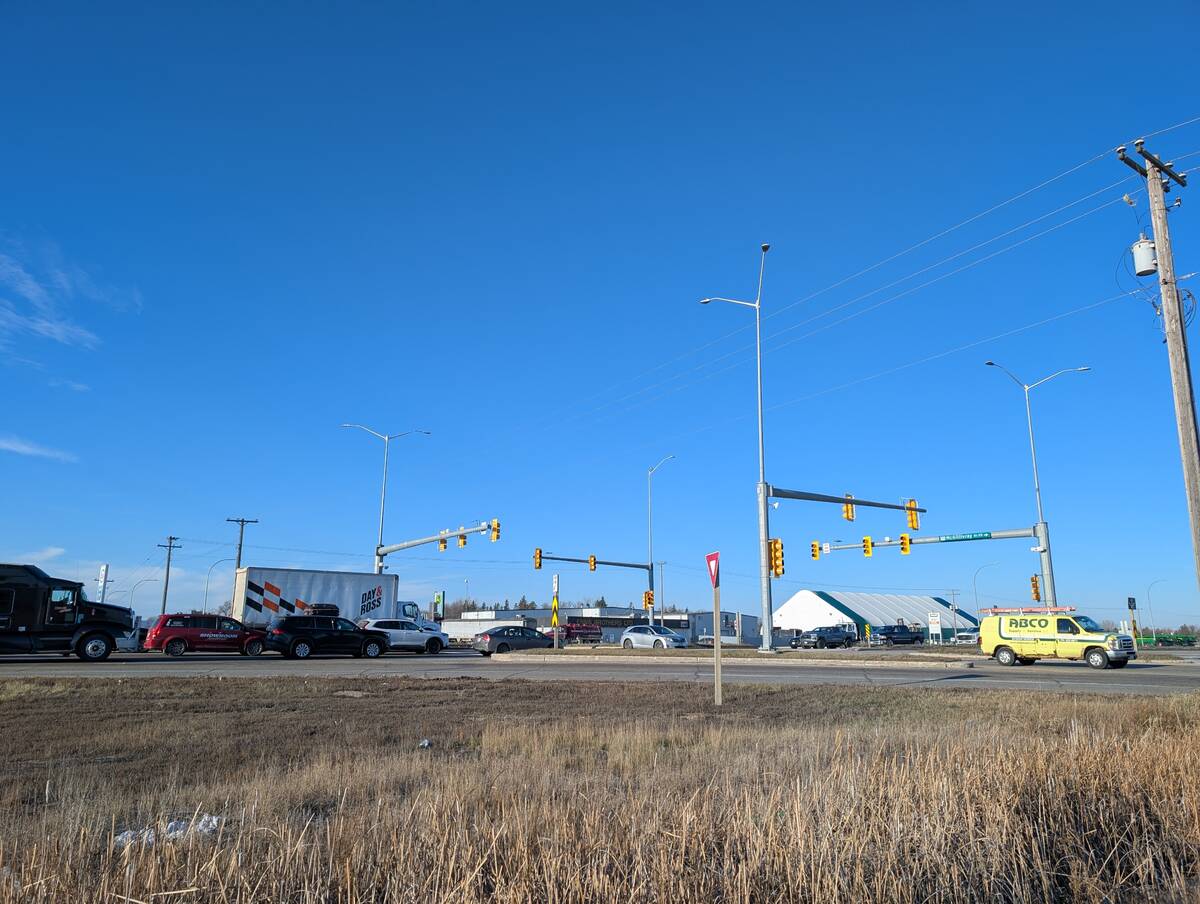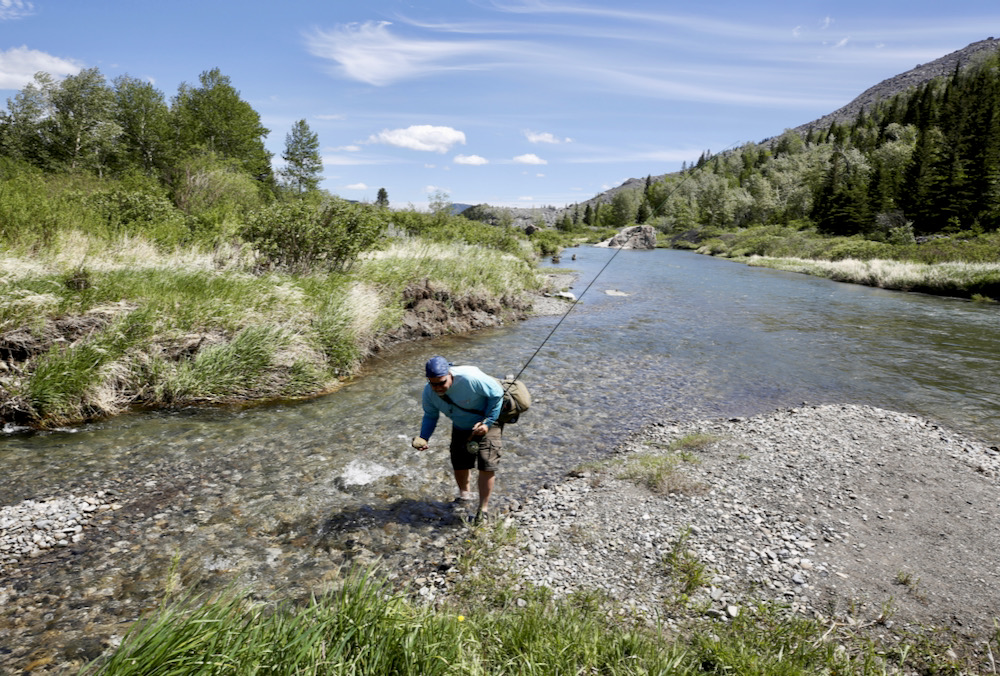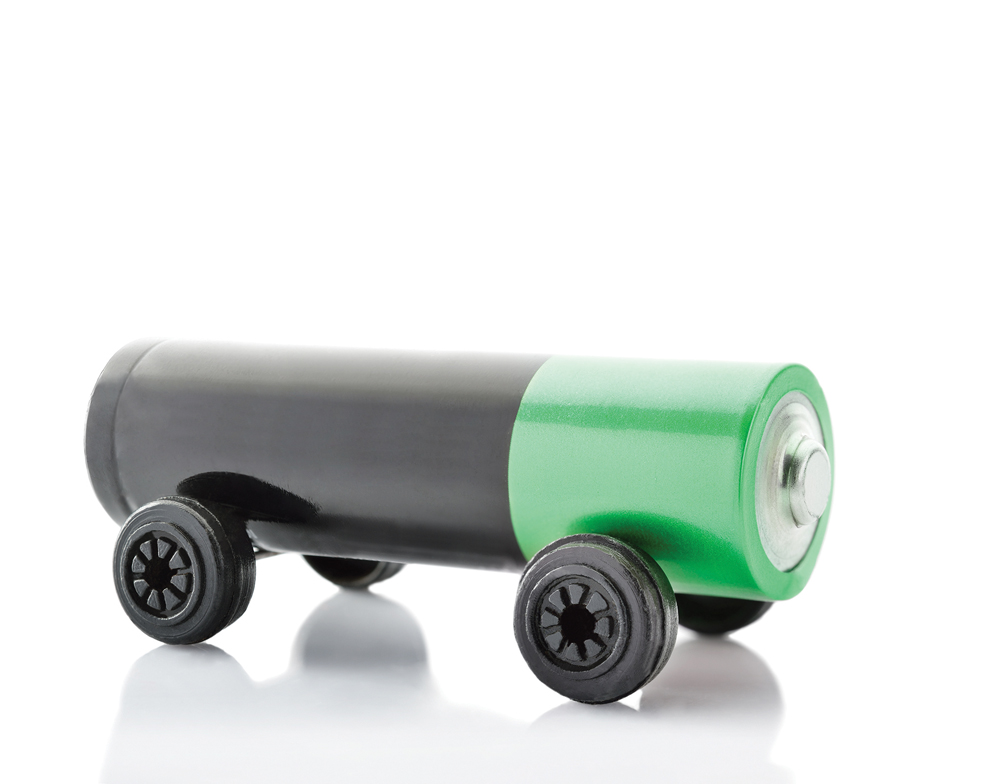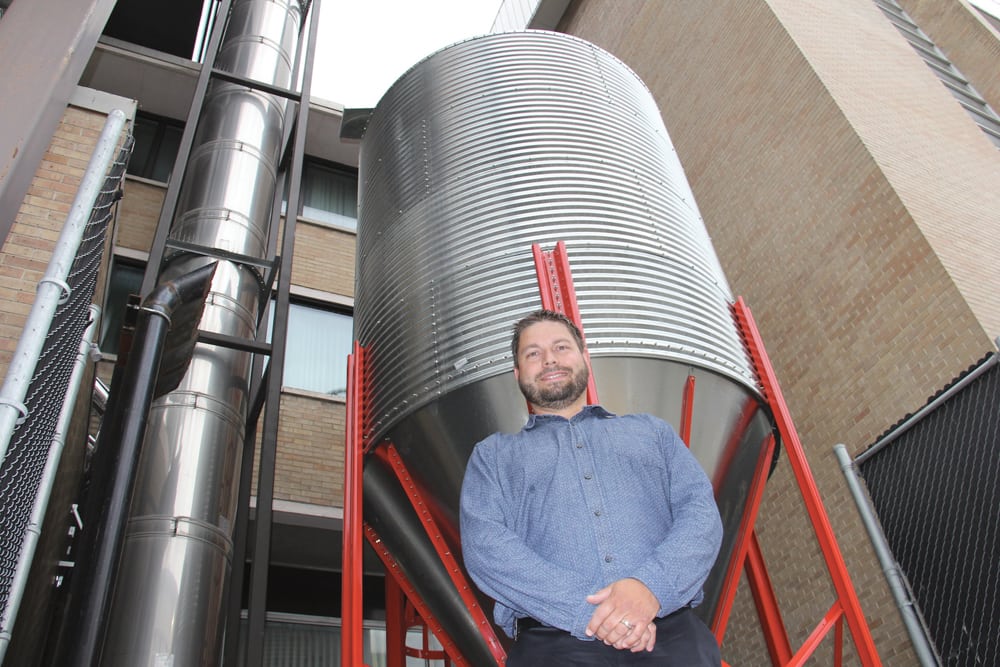Those hoping to burn the coal they got in their stockings this Christmas are out of luck, at least in Manitoba.
But while the province’s ban on burning coal and petroleum coke for heat officially came into effect on Jan. 1, a grace period of three years means that in practice, many will continue to burn the fuel until July 2017.
Keystone Agricultural Producers advocated for a delay in the implementation of the ban so that biomass — waste such as flax shives, oat hulls, cattails, switchgrass and wheat straw — could take a lead role in the transition away from fossil fuels.
Read Also

Manitoba farmers uneasy on expropriation
Farmland expropriation for Oak Bluff highway project brings process, farmer compensation concerns back to the fore.
“We definitely need the extra time… we have to have a supply chain up and running,” said KAP president, Doug Chorney.
Although he believes Manitoba produces enough biomass to replace all the coal and coke burned in the province, the supply chain needed for a smooth transition away to biomass energy hasn’t yet been established, he said.
This may in part be due to the fact that biomass energy is less valuable than other biomass applications, such as manufacturing or chemical production, Chorney added.
He said that the relatively short time period given to implement the change has also left people shying away from biomass in favour of more conventional energy sources.
“Unfortunately, because of the… timeline, a lot of large coal users have switched to natural gas, which maybe isn’t such a bad thing, but we had hoped that we would see alternatives to fossil fuels, like biomass products, evolve as an alternative to coal and we still encourage government to support that,” Chorney said.
Coal tax
A coal tax introduced by the province in 2011 was used to help provide $700,000 in assistance to coal users who wished to convert to biomass fuel. Approximately 20 businesses and institutions took advantage of the program, including Providence College in Otterburn, Pineland Forest Nursery in Hadashville, Vanderveen’s Greenhouse in Carman, and the Rosebank Hutterite Colony, to convert to biomass heating before the coal ban took effect.
The coal tax ranges from $14.27 to $23.97 a tonne, depending on emissions.
To take advantage of the three-year-long grace period, those who burn coal must file a conversion plan identifying a new energy source, and outlining equipment and modifications needed to make the transition, as well as a proposed timeline and details on coal or coke burned in previous years.
The deadline to file these plans is June 30, but according to an official with the Department of Conservation and Water Stewardship, no conversion plans have been filed to date.
The province is aware of 71 agricultural operations using coal to heat their barns, machine shops, etc. In total there are between 200 and 300 estimated coal users in Manitoba, leaving some producers eyeing economic opportunity.
“There’s a lot of interest from our members, firstly around how they can adapt fast enough to the pending deadline, and secondly, is there a market here for biomass that farmers are going to be able to make some money on,” Chorney said. “But this isn’t a mature industry at all, it’s very much the beginning.”
The province’s two largest coal users — Manitoba Hydro and lime maker Graymont located near Moosehorn — are exempt from the ban.















